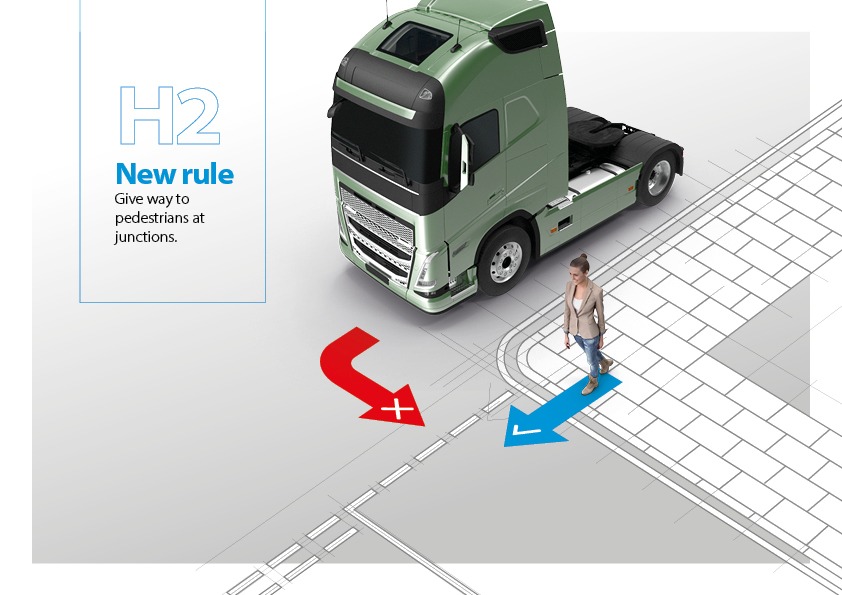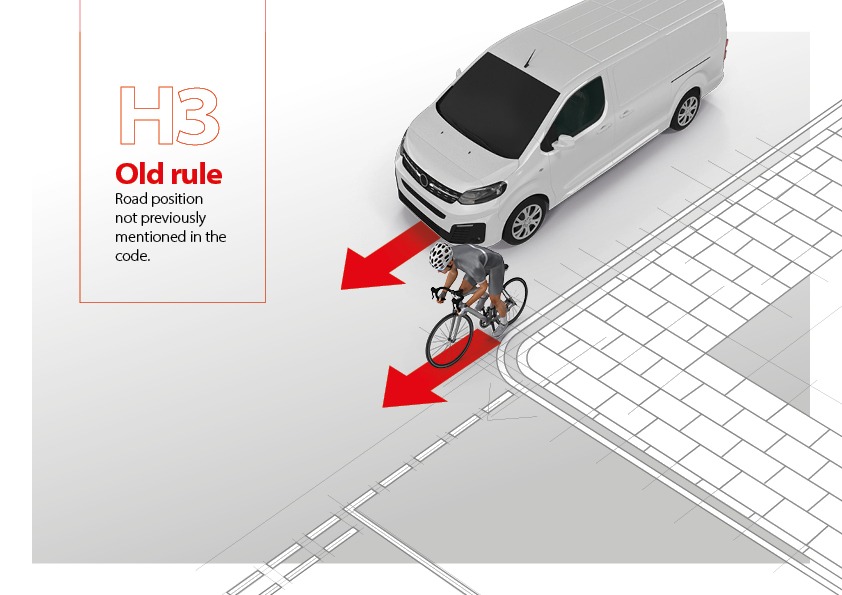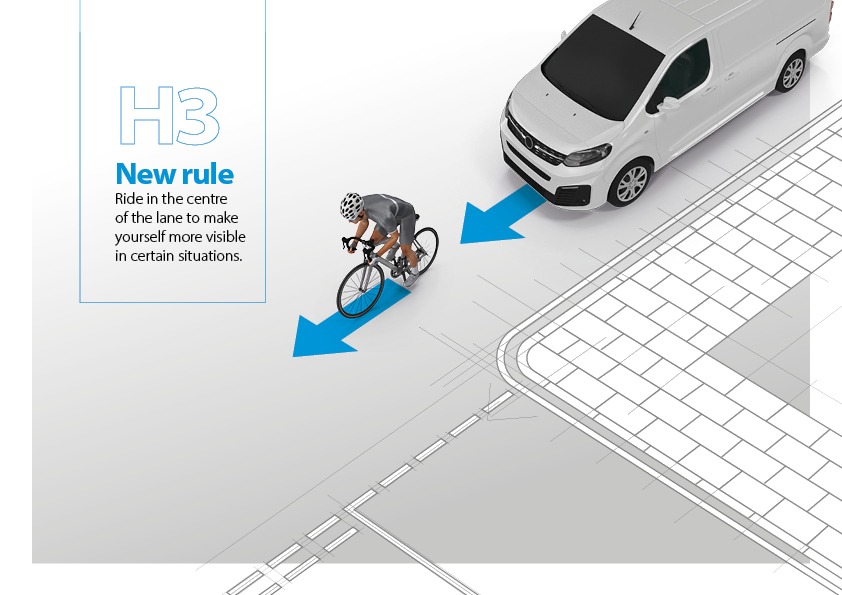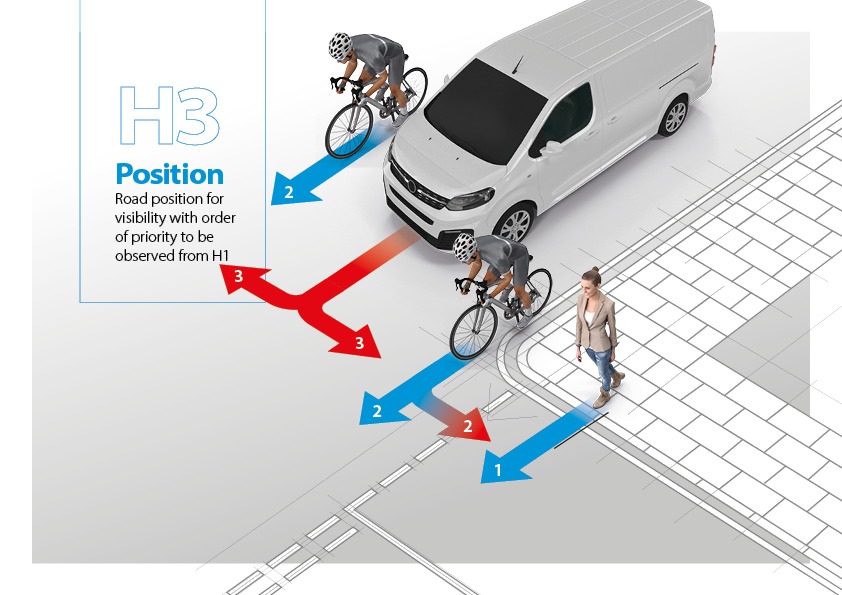The aim of The Highway Code is to promote safety on the road, whilst also supporting a healthy, sustainable and efficient transport system.
Hierarchy of Road Users: The ‘Hierarchy of Road Users’ is a concept which places those road users most at risk in the event of a collision at the top of the hierarchy. The road users most likely to be injured in the event of a collision are pedestrians, in particular children, older adults and disabled people, followed by cyclists, horse riders and motorcyclists. The hierarchy does not remove the need for everyone to behave responsibly.
The following H rules clarify this concept.
H1
Rule H1: It is important that ALL road users are aware of The Highway Code, are considerate to other road users and understand their responsibility for the safety of others.
Everyone suffers when road collisions occur, whether they are physically injured or not. But those in charge of vehicles that can cause the greatest harm in the event of a collision bear the greatest responsibility to take care and reduce the danger they pose to others. This principle applies most strongly to drivers of large goods and passenger vehicles, followed by vans/minibuses, cars/taxis and motorcycles.
Cyclists, horse riders and horse drawn vehicles likewise have a responsibility to reduce danger to pedestrians. Always remember that the people you encounter may have impaired sight, hearing or mobility, and may not be able to see or hear you.
None of this detracts from the responsibility of all road users, including pedestrians, cyclists and horse riders, to have regard for their own and other road users’ safety.


H2
Drivers, motorcyclists, horse riders and cyclists.
At a junction you should give way to pedestrians crossing or waiting to cross a road into which or from which you are turning.
You MUST give way to pedestrians on a zebra crossing, and pedestrians and cyclists on a parallel crossing.
You should give way to pedestrians waiting to cross a zebra crossing, and pedestrians and cyclists waiting to cross a parallel crossing.
Horse riders and horse drawn vehicles should also give way to pedestrians on a zebra crossing, and pedestrians and cyclists on a parallel crossing.
Pedestrians have priority when on a zebra crossing, on a parallel crossing or at light controlled crossings when they have a green signal.
Cyclists should give way to pedestrians on shared use cycle tracks.Only pedestrians may use the pavement. This includes people using wheelchairs and mobility scooters. Pedestrians may use any part of the road and use cycle tracks as well as the pavement, unless there are signs prohibiting pedestrians.


H3
Drivers and motorcyclists
You should not cut across cyclists going ahead when turning into or out of a junction or changing direction or lane, just as you would not turn across the path of another motor vehicle.
This applies whether cyclists are using a cycle lane, a cycle track, or riding ahead on the road and you should give way to them.
Do not turn at a junction if to do so would cause the cyclist going straight ahead to stop or swerve, just as you would do with a motor vehicle.
You should stop and wait for a safe gap in the flow of cyclists if necessary. This includes when cyclists are:

Let’s put an end to preventable road accidents altogether.
For commercial and heavy goods vehicle users, ensure you have the correct mirrors, alert and camera systems fitted to your vehicle for maximum safety and accident prevention.
